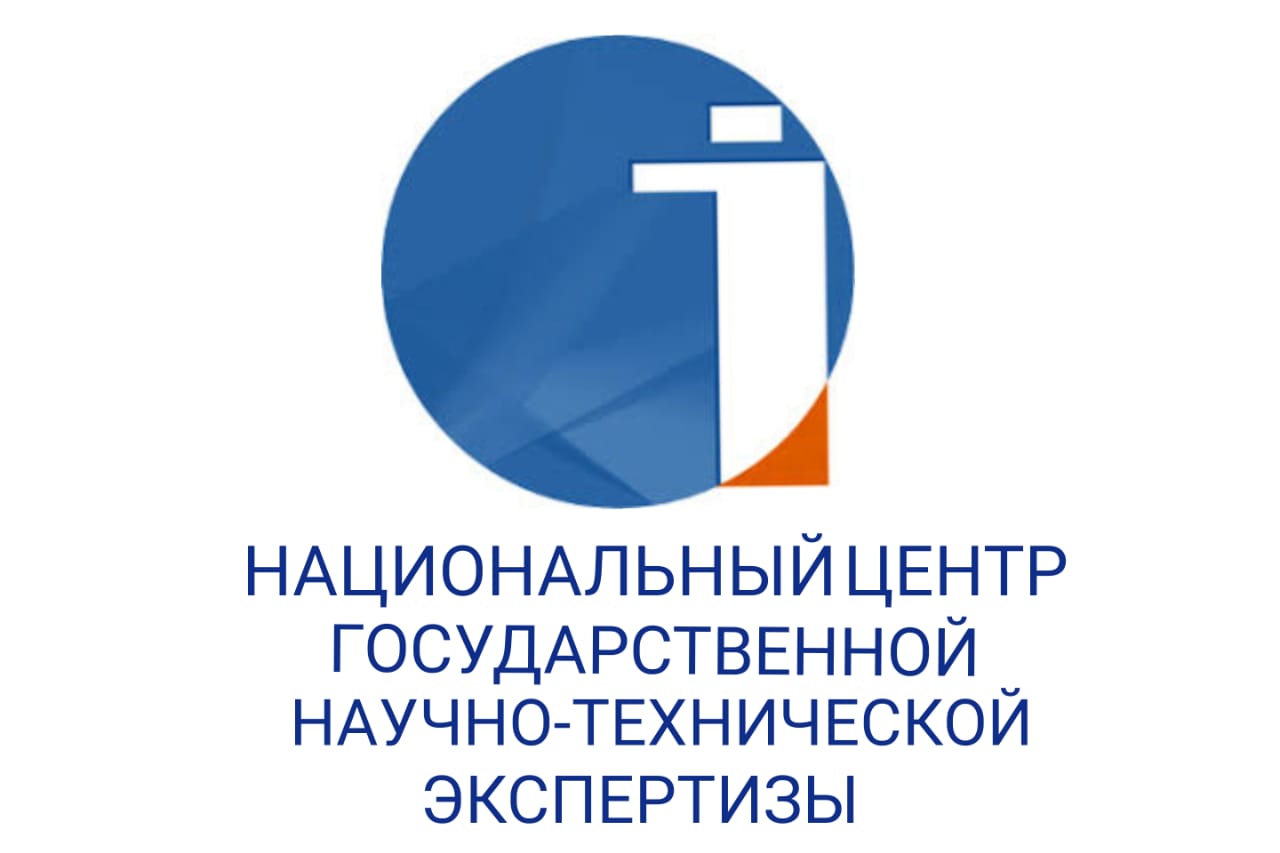MEANING-GENERATING PROVISIONS OF A.E. KARLINSKY'S LINGUISTIC THEORY
DOI:
https://doi.org/10.48371/PHILS.2024.73.2.013Keywords:
language interaction, bilingualism, language contacts, macrotext, communicative norm, dialingual analysis, pragmatics, diglottologyAbstract
The article presents the fundamental provisions of the theory of language contacts of the famous Kazakh scientist Avram Efremovich Karlinsky. The goal is to highlight from his works those ideas that consistently develop and create a holistic concept. The scientific and practical significance of the article lies in the actualization of ideas that have not yet received an unambiguous interpretation in linguistics. The research methodology is determined by the specifics of the topic and is based on a comparison of different approaches and interpretations. The approaches of F. de Saussure and A. Karlinsky are compared. Avram Efremovich corrects F. de Saussure’s provisions on language, speech and speech activity. He introduces the concept of macrotext - all linguistic material recorded in audio or graphic form. The macrotext correlates with the language of F. de Saussure. If Saussure identified three main aspects of language cognition as language (the unity of language and speech) - language (language) - phrase (speech), then A. E. Karlinsky defines the logical series language - speech - pragmatics. A. E. Karlinsky examines these phenomena both theoretically and practically (application of knowledge about the language system and its functioning in the practice of teaching languages). To compare languages, he developed dilingual analysis. A. E. Karlinsky was the first to define a communicative norm as complex - a system norm (linguistic), a norm of use (speech), a norm of situational use (pragmatic). The scientist distinguishes between the concepts of bilingualism and language contacts, classifying the first as external linguistics, and the second as internal. Language contacts are seen as mutual influence, hence the distinction between interference and intercalation. They are studied in the most linguistic aspect. On the contrary, bilingualism is recognized as a subject of external linguistics. The analysis presented has implications for the practice of language teaching.








